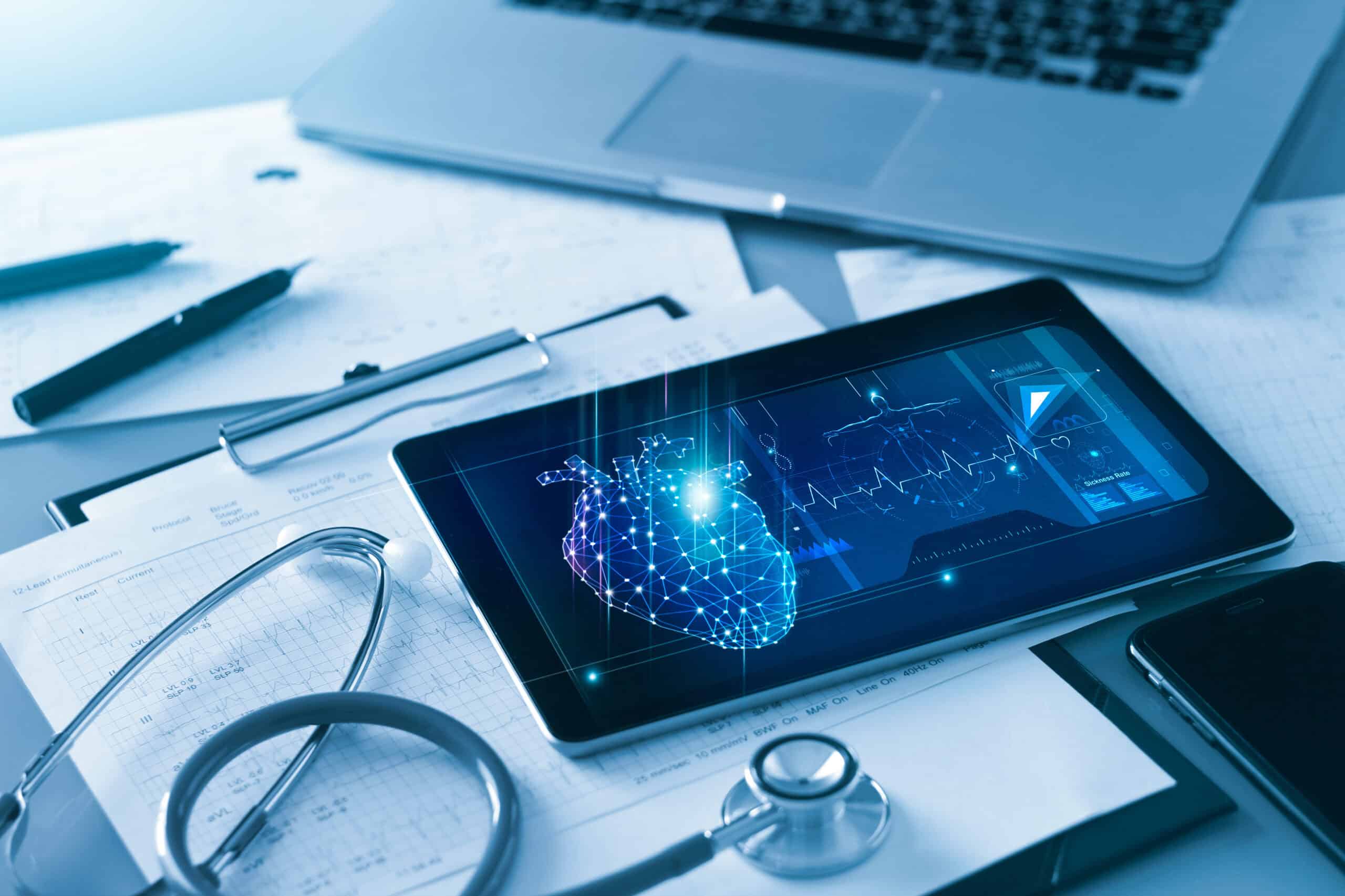Here are some of the fascinating ways that advances in technology are working to change the medical profession for the better:
Improving Access to Training
One of the most exciting outcomes of technological evolutions in healthcare is improved access to training. Online programming, video conferencing, and remote learning opportunities remove geographical boundaries from those looking to enter the healthcare field. From online physician liaison training to an online bachelor of science in nursing, remote communication is making healthcare education more accessible.
Extended reality is another exciting innovation opening doors in the world of healthcare training. Surgical students are using virtual and augmented reality to practice complex surgeries in a safe learning environment. Research conducted at UCLA showed a 230% improvement in performance when learning through VR over traditional training approaches.
Better training results in more skilled and talented healthcare professionals providing quality patient care.
Streamlining Charting and Progress Notes
Charting and maintaining progress notes is another area where technology is making a difference. The introduction of electronic medical/health records (EMR/EHR) helps medical professionals access up-to-date, accurate patient information in seconds. Studies show that in comparison to paper-based systems, EMRs offer potential improvements via increased efficiency, better adherence, and fewer medical errors. This technology also increases patient privacy by removing the need for paper documentation.
EHR technology helps save time by reducing the need to “chase charts.” It’s also been paramount in the wake of the opioid crisis. EMRs help share information and flag concerning activity or increased risk metrics when opioids are prescribed. This feature is crucial in high-volume emergency centers which see higher rates of drug-seeking behaviors.
EHR technology also poses new opportunities and challenges in preventing malpractice events and lawsuits. EHR programs capture metadata, which indicates when records were entered and if they were changed or updated after the fact. This added layer of protection is a strong reminder to avoid complacency and keep accurate, thorough patient records.
Facilitating Virtual Appointments
Many medical practitioners and patients have a love-hate relationship with virtual medicine. Access to virtual medicine increased 78 times over in March 2020 compared to the year previous. Online portals, centralized systems, automated chatbots, and video conferencing technology have all contributed to the development of virtual medicine.
While many practices are returning to in-person appointments or a hybrid model, other practitioners are making the most of this opportunity. Virtual offerings help improve patient accessibility and safety. For example, immunocompromised patients or those with mobility restrictions can still access quality care from the safety of their homes. Virtual appointments also improve the patient experience for both in-person and virtual appointments by reducing wait times.
Providing Personal Data
Wearable technology is another innovative aspect of healthcare technology that’s changing how practitioners diagnose and treat illness. Many practitioners are using data from FitBits and Apple Watches to look for trends and get a better picture of a patient’s experience. These devices provide insight into sleep patterns, heart rate, exercise habits, and even stress management.
These advancements are also helping practitioners capture real-world data. Rather than walking on a treadmill during an EKG, patients can wear a portable device and go about their daily lives. The data captured with a portable device provides more accuracy than in a clinic setting.
The potential of this area of medicine is still largely untapped. The future shows promise for tattoo-style medicine delivery systems and even smart clothing options.
Improving Access to Testing
The pandemic highlighted many overwhelming gaps in the healthcare system— ranging from socioeconomic inequities to supply chain inefficiencies. The demand for diagnostics and home-based testing increased dramatically as people struggled to get this basic care.
Fortunately, the pandemic also highlighted an opportunity to provide home testing options. Now, in addition to COVID-19 tests, patients can order home tests for colon cancer, STIs, fertility, micronutrient deficiencies, and more.
These innovations allow practitioners to navigate long wait times due to post-pandemic shortages without sacrificing patient care. This presents an opportunity to empower patients and improve their healthcare experience.
Technology will continue to evolve and reshape the medical profession. Improved access to training and innovations surrounding patient care make this an exciting time to join the medical field.




